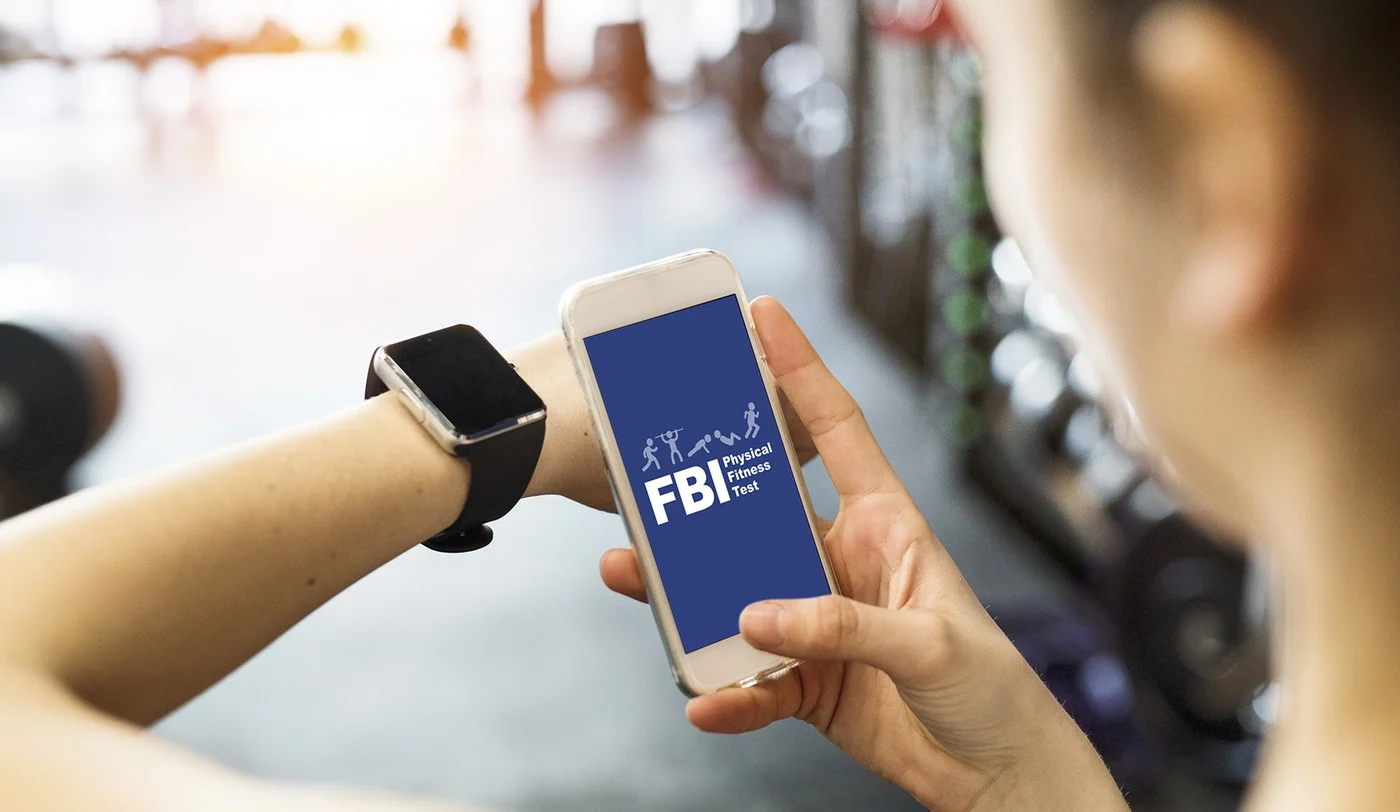More than 800 suspected criminals have been arrested after being tricked into using an encrypted communication app belonging to the US Federal Bureau of Investigation (FBI).
This ‘operation’, funded by Australia and the FBI, used a secret app called ANOM that was distributed among suspected criminals, allowing the police to monitor their communications without their knowledge.
It led to the imprisonment of people in 18 countries.
They are suspected of working with mafia groups and organized crime groups.
Australia says it has arrested 224 people in the operation, including 20 “suspected murders”, saving “a large number of innocent people who had taken refuge”.
Australian Prime Minister Scott Morrison called it a “transformational” move.
“It’s a major crackdown on organized crime — not just in this country, but it’s going to affect organized crime in different parts of the world,” he said at a press conference.
Europol, the European Union’s (EU/EU) police force, said the operation, which it called Trojan Shield/Greenlight, was “the first major enforcement action against electronic communications”.
How did ANOM do?
The FBI has begun using its own network of encrypted ‘app’ communications, called ANOM, to covertly distribute phone numbers containing the ‘app’ to suspected criminals, via its spies.
It comes after security agencies cracked down on two mobile phone services, prompting marketers to look for other secure phones.
Previously, these phones were used by those who were considered senior among them, which made their colleagues more confident to use the site.
In Australia, fugitive drug-trafficking suspect Hakan Ayik played a key role in the operation after he unwittingly encouraged his friends to use the ‘app’ after receiving a phone call from police undercover, police said.
The police explained: “It was necessary to know the criminal in order to reach one of these phones that they were using. These phones could not be ‘texted’ or sent ’email’ messages.




